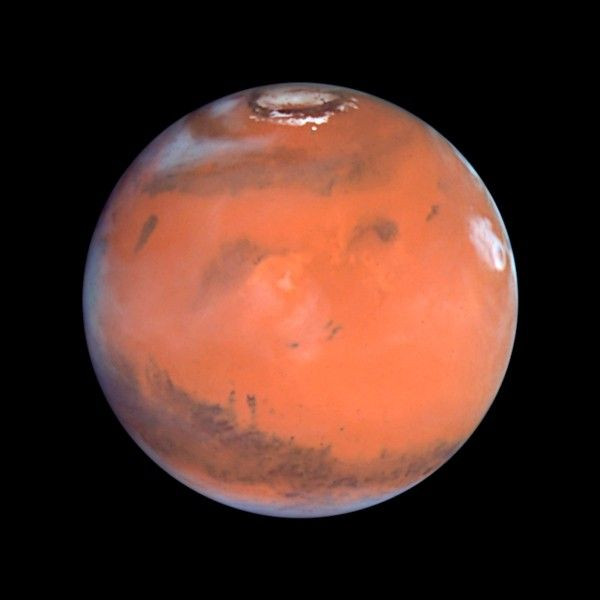Mars One Mission 100 Candidates Begin 10-Year Training

The list of 100 candidates who would train and compete to be one of the final four to fly to Mars and never return has been selected by Mars One, a Dutch non-profit organisation.
To select the final four, the committee had to trim the applicants from the original 200,000 plus in late 2013 to 660. Since fitness is a key criterion, Mars One Chief Medical Officer Norbert Kraft personally interviewed the 660 and removed 560, leaving 50 male and 50 female contestants, according to Space Reporter.
The 100 range in age from 18 to 60, of whom 38 are from the US. Four of them are MDs, seven have PhDs, 30 possess master’s degrees, 27 hold bachelor’s degrees and two associate degrees. Thirteen are still in school.
The oldest is 60-year-old Reginald George Foulds of Toronto, Canada. Among those selected from the US are a data architect, a nuclear engineer and Navy reservist, a human factors and systems engineer, a political consultant and an emergency room doctor, reports Sydney Morning Herald.
The 100 would begin their 10-year training, but as part of the competition, only four will remain and become pioneer settlers on the Red Planet.
The mission is expected to cost $6 billion. To raise funds, the competition to select the 24 from the 100 would be televised as a realty show. The 24 will the live in a simulated Mars Outpost that replicates the structure of their future hoes in Mars.
In selecting the top 24, the main criterion is their ability to endure the anticipated difficult life on a permanent settlement in Mars, plus the ability to perform as a team.
When the top 24 are selected, they will be broken down into six teams made up of four members. The winning team will be the one to fly out of Earth for Mars in 2024.
To contact the writer, email: v.hernandez@ibtimes.com.au





















